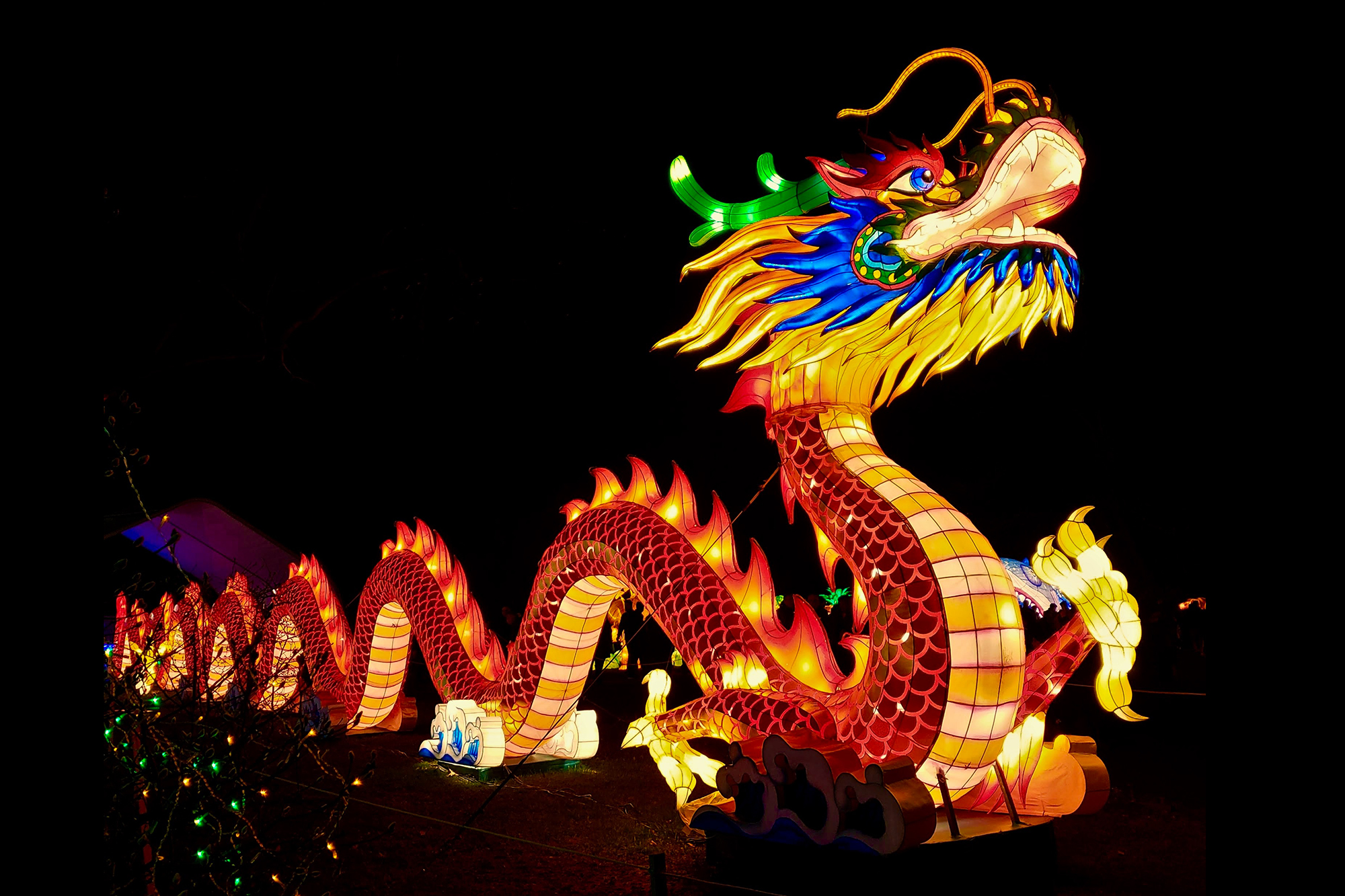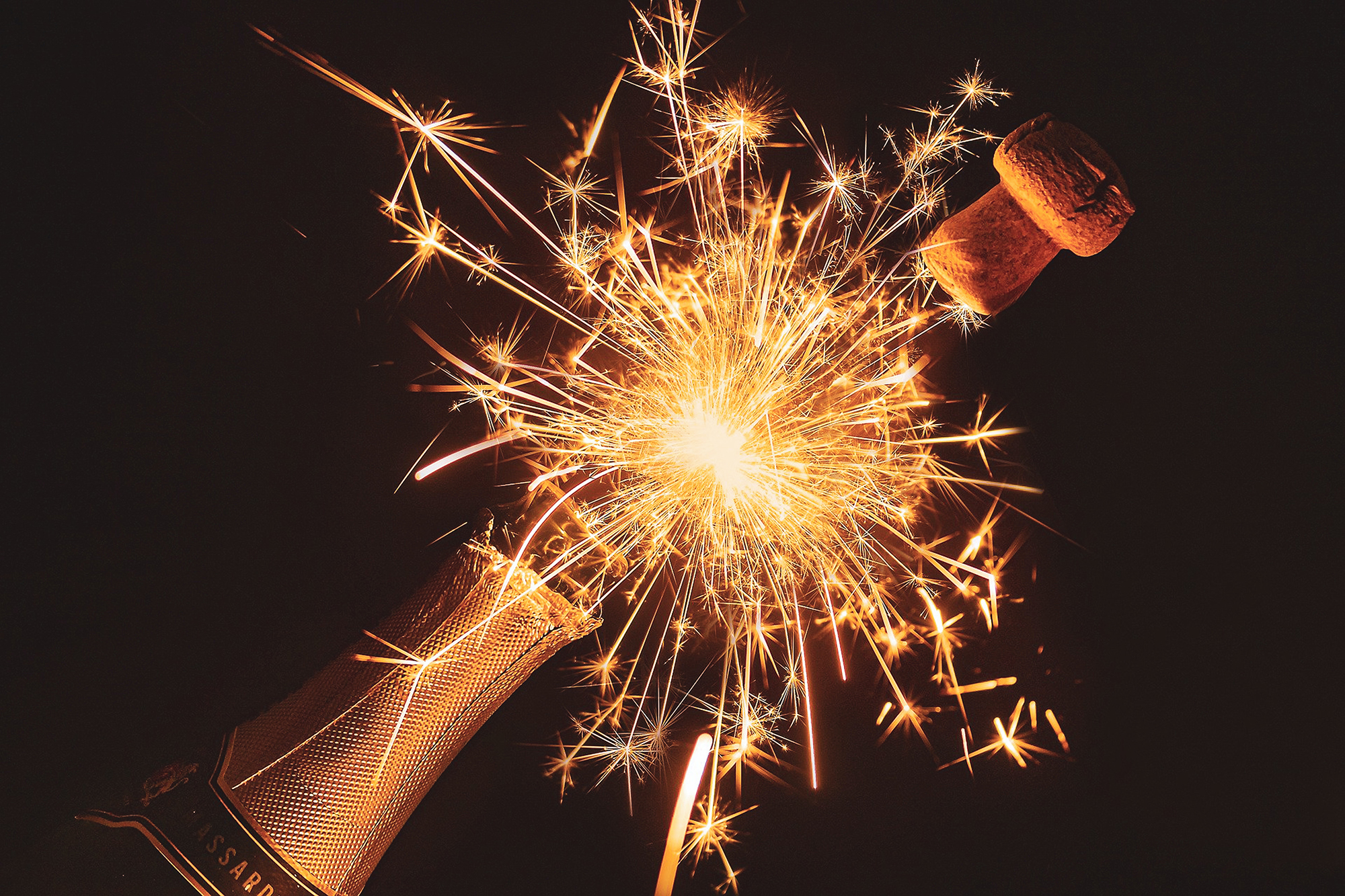
At its core, the history of celebrating a new year is the history of time itself.
Humans have acknowledged the passing of time for millenia. Our hunter-gatherer ancestors marked days by the sun’s rising and setting, and seasons through wildlife migration patterns, periods of planting and harvesting and changes in weather.
Only recently, in the terms of human evolution, have civilizations begun parsing time into years, or the time it takes the Earth to make one complete revolution around the Sun.

How Our Ancestors Marked Time
Some prehistoric cultures erected stone circles or carved symbols in stone to mark periods of solstice, equinox or star alignments. Key cultural celebrations and ceremonies often coincided with these astrological occurrences.
Several ancient civilizations developed cyclical calendars, often based on an agricultural or astronomical event. However, none of these calendars was completely accurate and they eventually fell out of sync with solar events.
In 46 BC, Roman Emperor Julius Caesar consulted with astronomers and mathematicians to develop what became known as the Julian calendar. In addition to determining the length of a year as 365 days, the Julian calendar also introduced leap years and leap days to keep the calendar and seasons in line.
After some 15 centuries, the calendar once again required realignment. Pope Gregory XIII supported the calendar system that ultimately bore his name.
The Gregorian calendar was adopted among Catholic European nations in 1582, but took longer to catch on in Protestant countries. Countries that followed the Gregorian calendar recognized January 1 as the beginning of the new year. However, for another 170 years, England and other countries that followed the Old Style calendar did not. Encyclopedia Virginia notes that England observed the new year on March 25 until 1752.
When is New Year’s Eve?
Throughout history, different cultures have celebrated the New Year at different times of the year.
The beginning of a new year is first believed to have been celebrated by the Babylonians more than 4000 years ago. Their “new year” began with the first new moon following the spring solstice. The 11-day festival of Akitu blended agricultural, religious and political celebrations.
“For the Egyptians, Phoenicians, and Persians the year began with the autumn equinox (September 21), and for the early Greeks it began with the winter solstice (December 21),” says Britannica.
According to our modern calendar, the first day of the first month of the year is January 1, or New Year’s Day. That makes December 31 the last day of the last month of the year. We call the evening before the new year New Year’s Eve.
Notable New Year Celebrations

Other culturally significant New Year celebrations persist today.
Rosh Hashanah, which translates as “head of the year,” is the first day of the new year in the Jewish religious calendar. The date fluctuates, but typically falls in September or October on the Gregorian calendar. Rosh Hashanah is celebrated with candle lighting, blessings, prayers and meals featuring symbolic foods. Celebrants may cast bread crumbs on water, a Rosh Hashanah tradition tied to repentance and absolution.
Chinese New Year, or the Spring Festival, which typically falls in February, focuses on “removing the bad and the old and welcoming the new and the good,” notes Royal Museums Greenwich. After a thorough house cleaning, homes are decorated with lanterns and flowers. Chinese New Year celebrants burn incense to worship their ancestors and gather with family for New Year’s Eve dinner.
Why Do We Celebrate the New Year?
Humankind seems hardwired to appreciate new beginnings. The opportunity for a fresh start is a common New Year theme among many cultures, even as we express nostalgia at the close of an old year.
New Year’s resolutions are an off-shoot of this theme. A new year opens as a blank slate. With the opportunity for a new start, we often renew our determination to improve our lives and “do better.”
New Year’s Eve Events and Traditions

In modern times, December 31 has become a night of revelry for people around the world. Some famous New Year traditions include:
Ball Drop - Ball drop festivities occur around the world, but the most famous New Years countdown occurs in New York City’s Times Square. Merry-makers gather to watch the lowering of a giant light-studded ball to count down the final seconds until midnight, when the New Year officially arrives.
First Footing - This is an old Scottish tradition celebrated on Hogmanay, the last day of the year. It’s said that the first person to step over a home’s threshold on New Year’s Day determines the family’s luck for the rest of the year. The luckiest first footer is a tall, dark-haired male. Women and red-heads are unlucky!
Midnight Kiss - The custom of kissing at the stroke of midnight possibly originated in Roman times, with the festival of Saturnalia. English and German folklore maintains that the first kiss of the New Year determines a person’s destiny.
Polar Bear Plunge - Many communities around the world hold Polar Bear Plunge events on New Year’s Day. Participants jump into frigid lakes and waterways for an icy swim; some events benefit local charities. The Vancouver Polar Bear Swim Club has hosted one of the most famous Polar Bear Plunges since 1920.
Happy New Year!
Whether you celebrate on your own, with family and friends or thousands of strangers, New Years Eve is typically a joyful event. We assess our accomplishments during the past 12 months and resolve to continue to work toward productive changes during the coming year.
In keeping with the desire to enter the year fresh, with a clean conscience and clean slate, it's’ only natural to begin on a positive note by wishing each other Happy New Year!
You may also like: